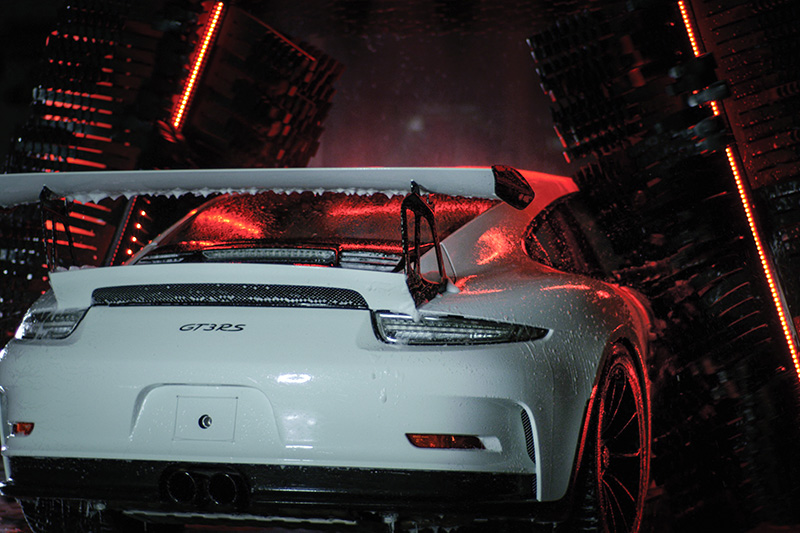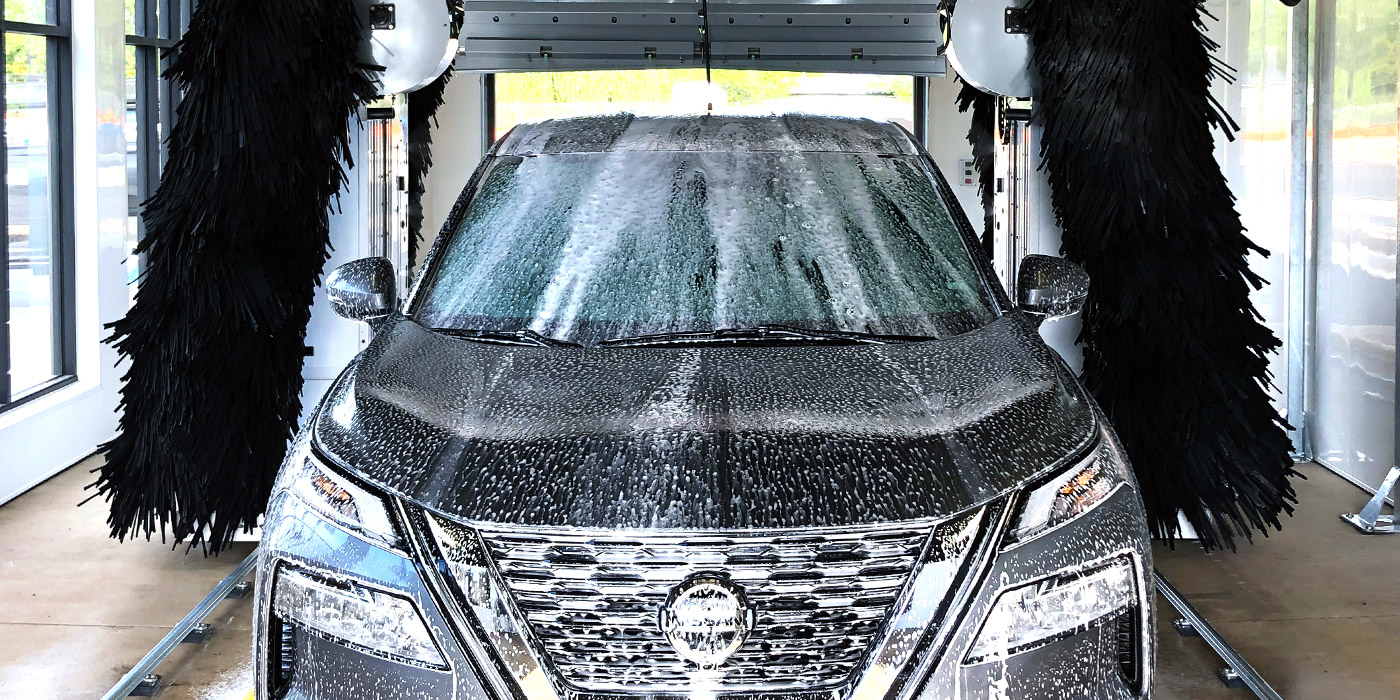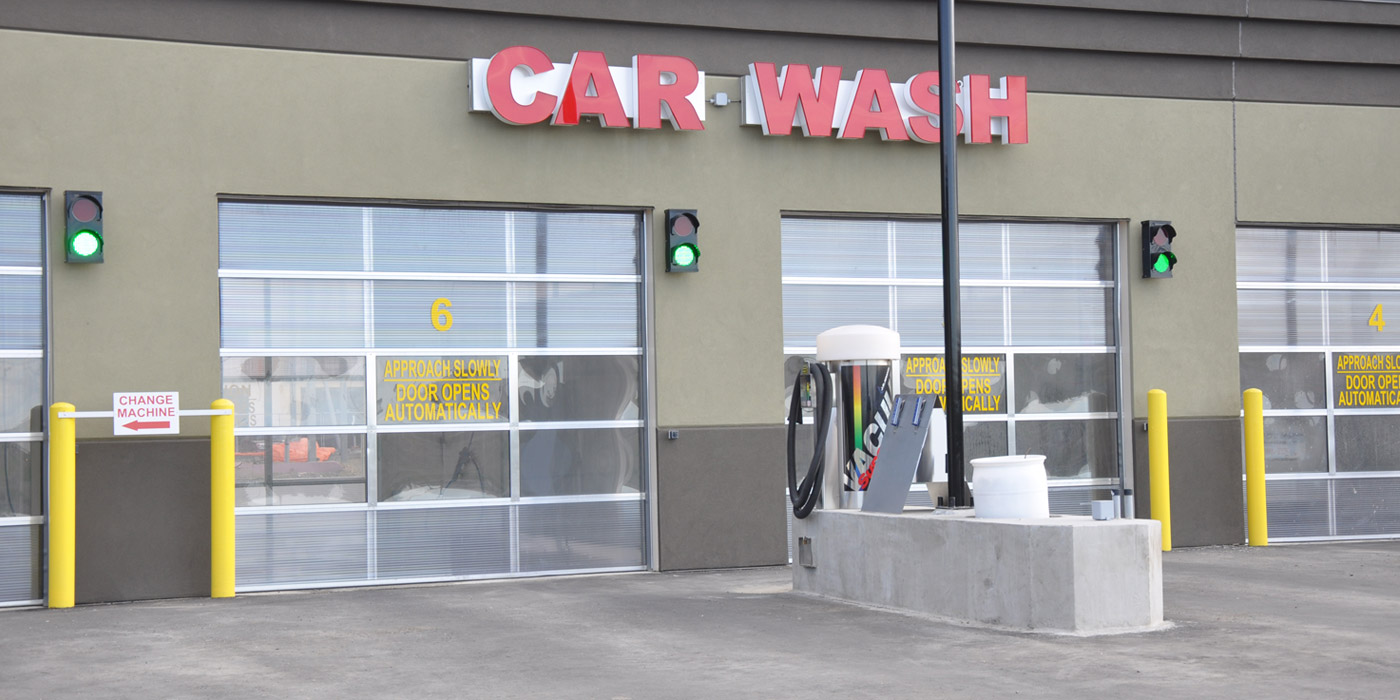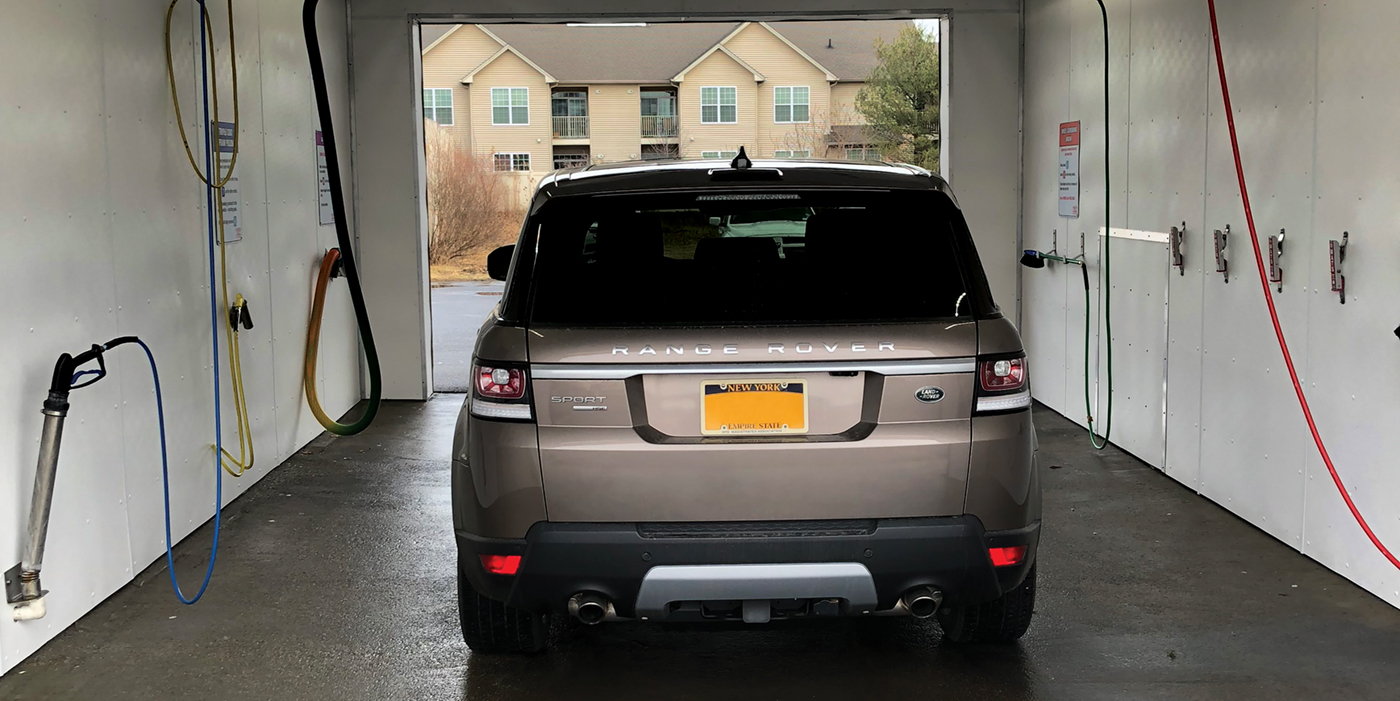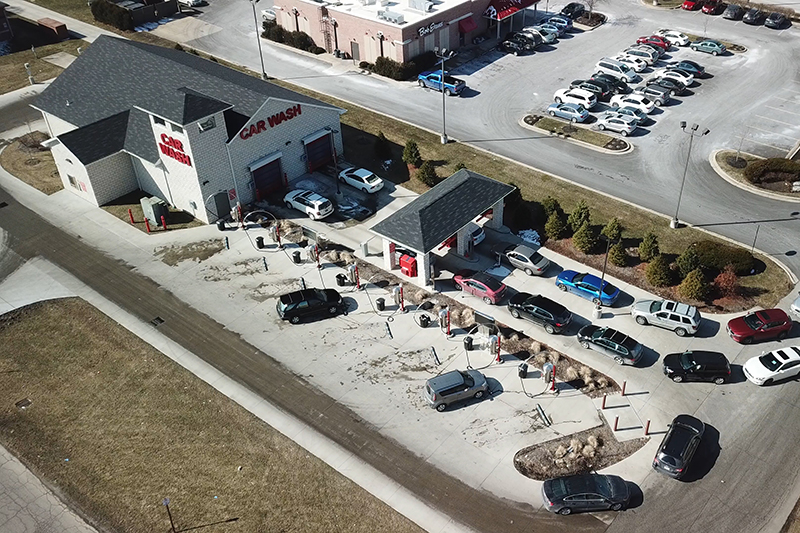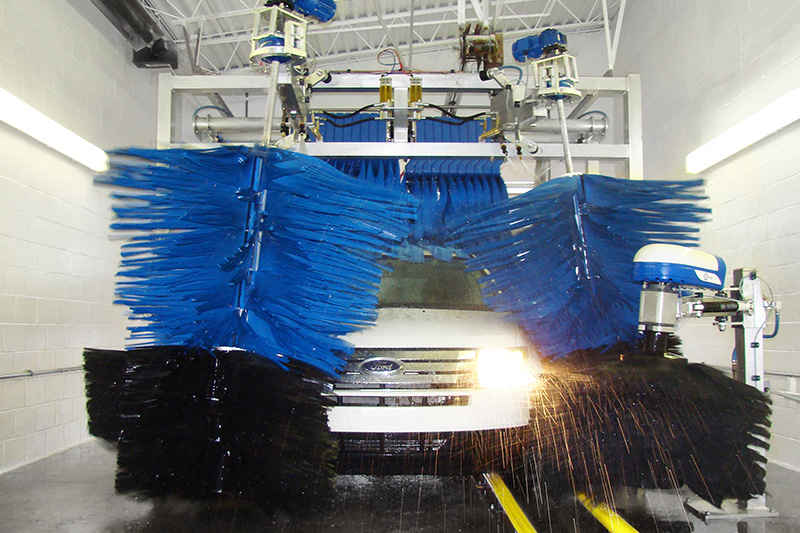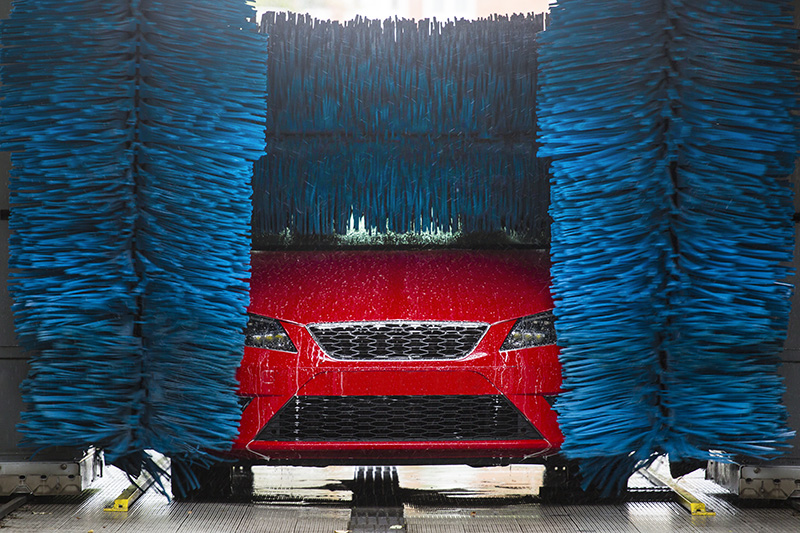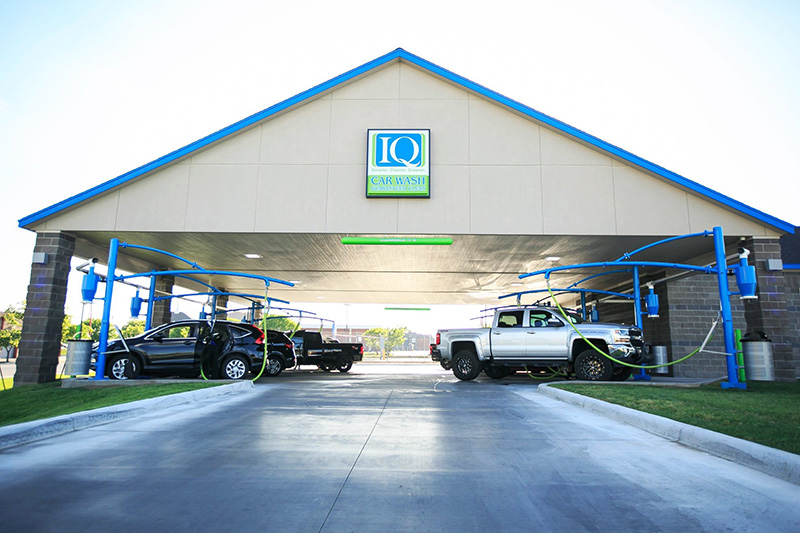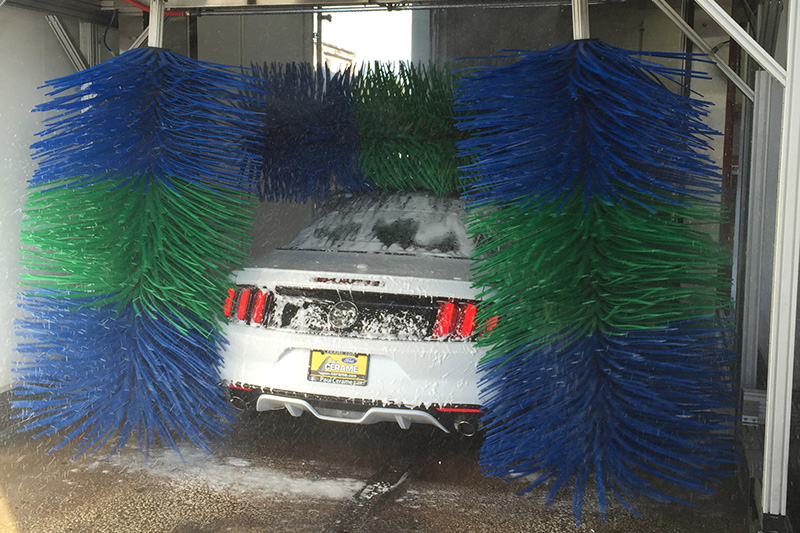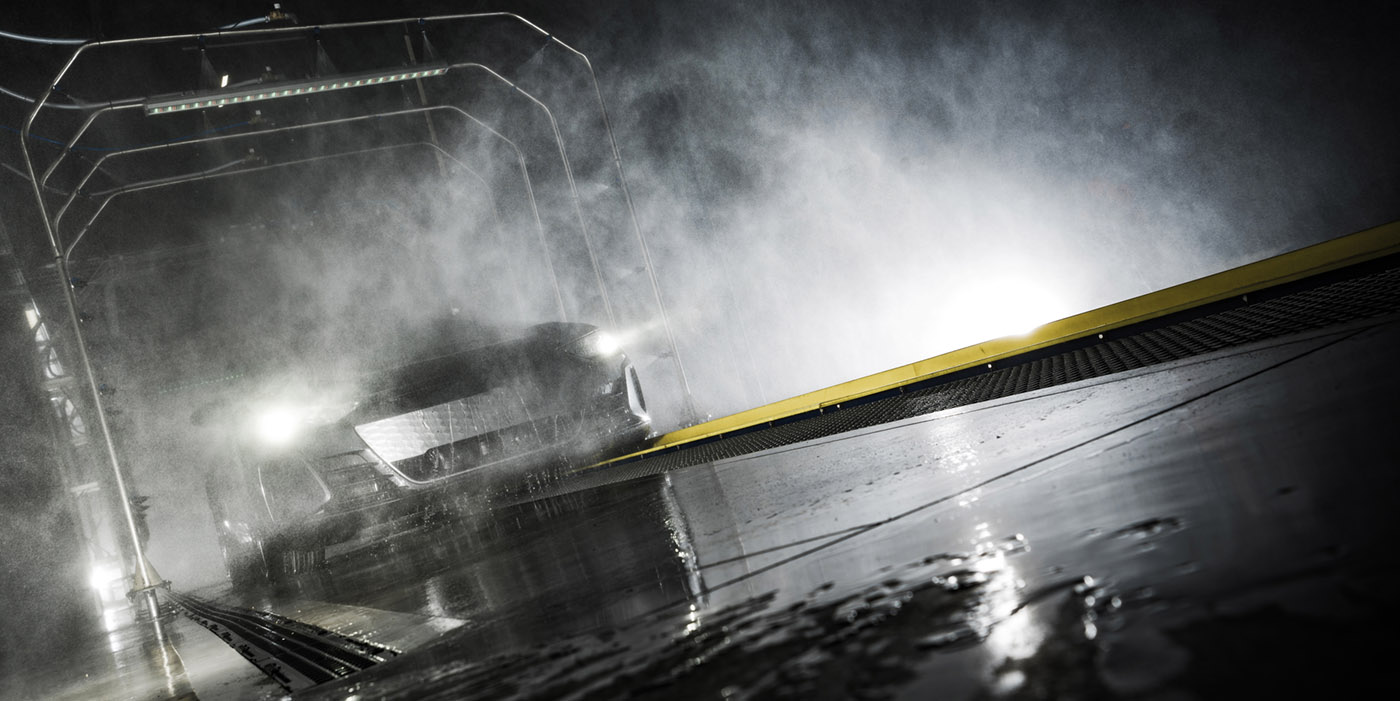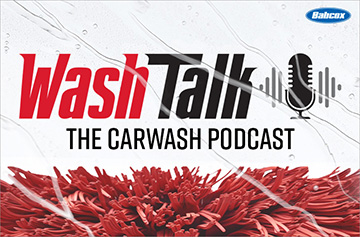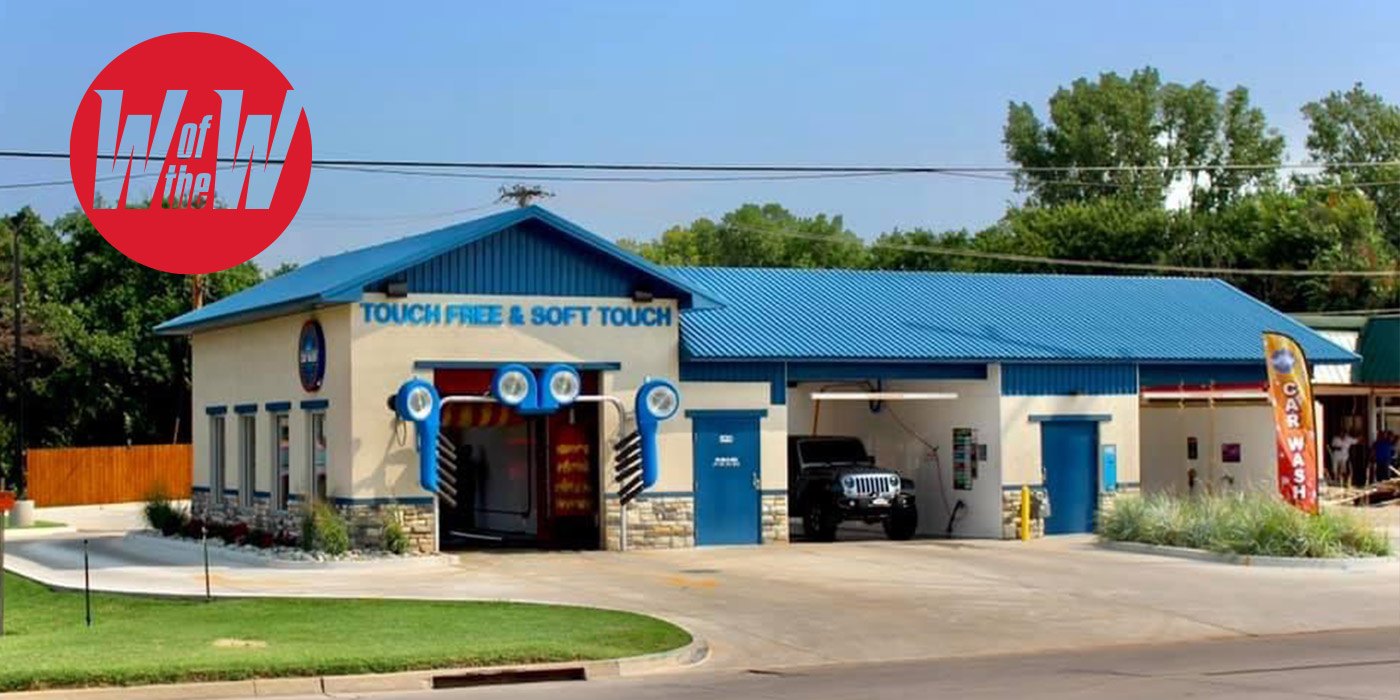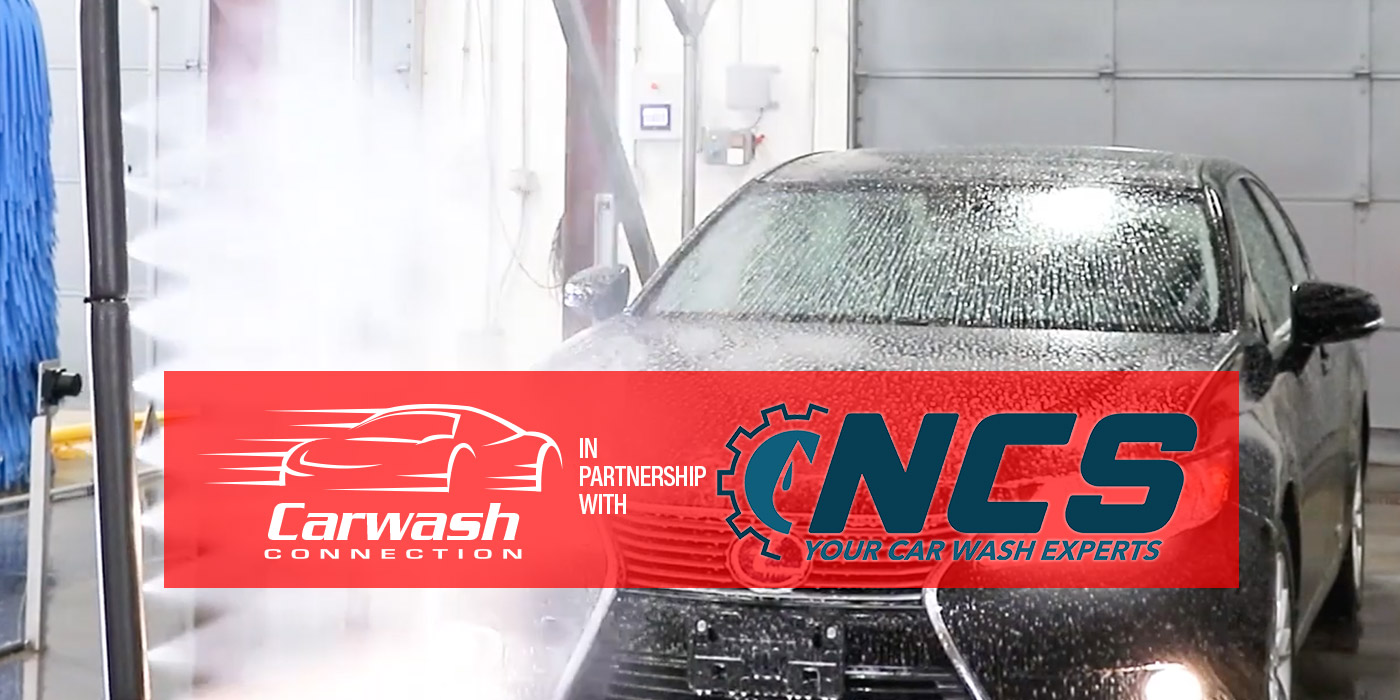In the world of retail sales and service, numbers are often called on to tell a story. While the success or failure of a business depends on many factors, ultimately sales and profits will decide whether any venture or investment proved worthwhile. When it comes to professional carwashing, one attention-grabbing number is that 50 percent of washes in the U.S. currently are in-bay automatic (IBA) facilities. Though the story of an express wash boom is told frequently, this percentage clearly communicates to the industry that IBA washes remain functional, popular and profitable despite recognized market changes.
To maintain profitability, IBA operators must work to separate their businesses from nearby washes, and they must counter the convenience offered by express conveyors and self-serve facilities. First, owners should learn why IBAs remain popular in such a crowded marketplace and then communicate this message via marketing materials. To ensure popularity and increase customer retention, operators should learn more about modern IBA equipment as well as the services available within this wash format.
Proven popularity
Kipp Kofsky, president of Arcadian Services LLC, explains that IBAs have remained popular for several reasons. The equipment offers touch-free wash environments, access 24 hours a day and seven days a week as well as increased convenience. Even now, many IBAs are built as part of a c-store business, and this conveniently makes IBAs part of a “one-stop” site for busy customers. Additionally, in smaller population areas, it can be difficult to justify a huge carwash tunnel investment; often, these communities are instead served by in-bay operations.
The in-bay automatic business is still strong, and strategically it will always be a profitable part of the carwash industry, according to David Dougherty, senior product manager for in-bay automatics with PDQ Manufacturing Inc. IBAs are an affordable way to enter the industry, since they require a lower entry price when compared to typical tunnel sites. In addition, IBA equipment typically requires less space, resulting in lower land acquisition costs.
“The biggest operational benefit, of course, is that no labor is required to run the wash on a daily basis,” Dougherty continues. “An in-bay can run unattended and run 24/7 compared to a tunnel that requires a large staff and will have limited operating hours.”
Much of the IBA’s continued popularity in the current carwash market is related to convenience, states Adam Kelsey, director of sales at Belanger Inc. At fuel station locations, customers can purchase washes right at the pumps without handing credit cards or cash to greeters. Thus, it is important that IBA operators make it easy for customers to enter the bay and get into proper position quickly. Navigational prompts, such as colored lights and signs, can aid this effort.
IBA systems have upped their presentation and display abilities as well. Some new IBA equipment offers similar experiences to tunnel washes, including colorful LED lights as well as quiet, gentle foam, Kelsey notes. Today, pleasant and convenient wash experiences — along with clean, dry and shiny results — are no longer available solely to tunnel carwashes.
IBA benefits
From an operator’s perspective, one advantage IBAs have over other wash formats is they require less real estate. The equipment allows someone with limited space to enjoy the additional revenue opportunities provided by an automatic carwash, Kelsey says. Two examples would be an additional profit center at a gas station or an upgrade to a self service wash. Also, modern remote access technology allows operators to receive instant notifications in case of a fault, so a business can often be taken care of from a desktop computer, laptop or tablet.
Operationally, the labor savings and being able to remain open 24/7 are major advantages IBAs offer over labor-intensive tunnel sites, Dougherty reveals. Technology also has created the ability to know exactly where a washing mechanism, touch-free arm or soft brush is at all times. The bay can be constantly monitored via sensors to determine exactly where the vehicle is positioned in the wash bay. This detailed monitoring allows operators to make adjustments if something does not look or feel right during the wash process.
Another advantage is that most IBAs can be operated with fewer chemical stock keeping units (SKU) than a tunnel. Depending on the IBA’s setup, and if proper care is put into choosing the right chemicals, an owner can operate it with as little as three chemicals, Kofsky states. In tunnel washes, since there are so many functions, operators will typically need to keep up with and manage 10 or more chemicals in their equipment rooms.
IBAs also remove many of the variables that self-serve washes have — mainly the customer variable. Kofsky notes that every function is controlled and set to perform dependably during an IBA wash cycle. With self-serve bays, customers decide how much chemical to apply. If the customer wishes to apply too much chemical and generate waste, this can rarely be monitored and stopped.
“With IBAs, the operator knows exactly how much water will be used, how much chemical will be used and how much waste there will be every time a car is washed, barring some malfunction,” Kofsky explains. “Since IBAs have the option to be touchless, this provides another advantage over self-serve washes for customers who would rather not have a brush or cloth touch the surface of their vehicles.”
Add-on equipment
Modern IBAs offer numerous add-on services similar to competing tunnels, Dougherty states. IBAs can offer such popular wash services as:
- Triple foam
- Super sealant
- Rust inhibitor
- Wheel cleaners
- High-gloss waxes.
In addition to the typical services, IBAs can incorporate “entertainment” into their wash processes via light shows meant to make the whole experience more enjoyable, Dougherty notes. Some systems can display numerous color combinations, flashing patterns or constant illumination set up to match a wash’s brand image.
Kofsky explains that some operators are now adding freestanding arches to their IBAs in order to capitalize on the upsell potential. Equipment such as freestanding wheel cleaner applicators, lava bath arches or tire shine applicators can be installed aftermarket. Monthly wash passes are an excellent add-on option as well.
Another popular add-on is underbody rinse equipment, according to Kelsey. This IBA option is especially popular in areas where snow, ice and road salt are problems. An undercarriage manifold can be a smart and simple equipment addition for IBA operators.
Marketing IBAs
IBA owners have used many marketing techniques to help set their businesses apart from nearby competition, Kofsky states. Some operators incorporate their IBA services in “wash all you want” self-serve packages. In this instance, an operator will set a price and give customers the option of going through an IBA or entering the self-serve bays. Either choice can come with the use of vacuums and vending machines.
“One of the largest factors that separates IBAs from the competition is offering touch-free washing,” Kofsky continues. “Most tunnels built today are friction, and some car owners prefer a touch-free wash environment.”
Related: Soft cloth versus touch-free
Conquering the competition with an IBA carwash requires a multifaceted process, according to Kelsey. First, the wash site must command attention from the street since a carwash is often an impulse purchase. Color-changing LEDs can help market a site around the clock and catch a driver’s attention in the typical roadside blur.
Second, Kelsey notes that the on-site aesthetic and flow should be attractive, intuitive and easy for the driver to navigate. Every vehicle should move from the street, through the pay station and into the bay quickly and easily. This also means — no matter what equipment is in the bay — everything should be well-maintained and not appear to be broken-down or damaged.
Third, the wash itself should provide a great experience. Kelsey states that this is where equipment choice comes into play. The wash cycle should begin immediately after the driver is in position to alleviate any anxiety that comes with having to wait and wonder. The wash equipment (even friction options) should be quiet and gentle on the vehicle while offering a nice visual show. Also, the wash must get the vehicle clean and shiny to top it all off.
“If an IBA location can master these facets, then it gives the wash a great shot at earning their portion of the market’s business,” Kelsey concludes.
Eugene Allen is a freelance contributor.

